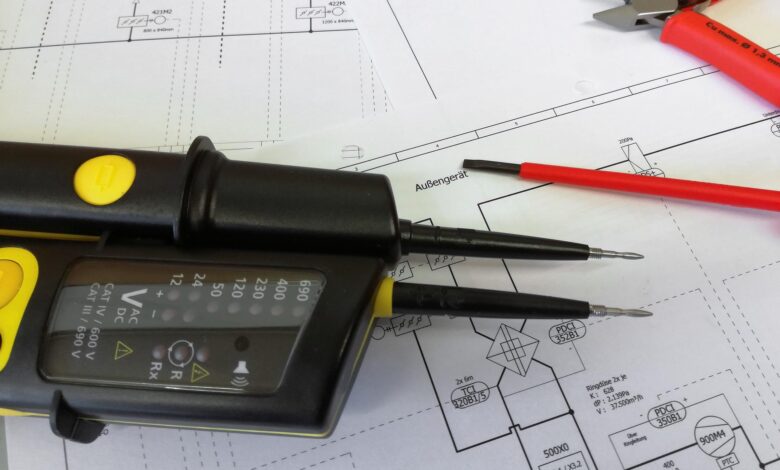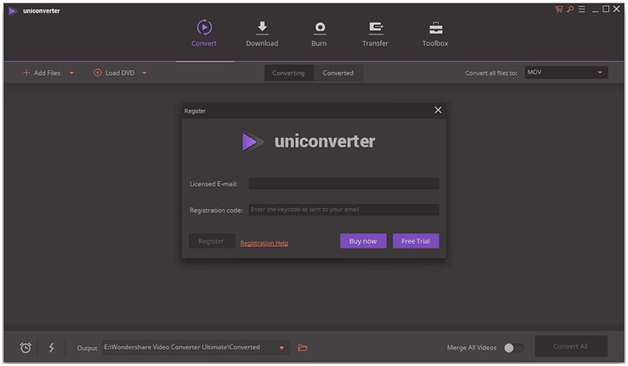How Electrical Enclosures are Used in Practice

Have you come across a big gray box when you go inside a building? You can find it on the walls or in the center of one floor. It can be as big as the building’s support. However, they are not usually placed on common hallways because they block the view, which can be harmful. Those boxes are known as Electrical Enclosures.
Due to their size, experienced electricians and engineers must always maintain the enclosures. Since it is made out of steel or tough plastic, it is made to regulate electrical flow. In practice, there are one of the most important aspects of distributing electricity. Building codes may require an enclosure if the electricity needed exceeds the recommended voltage. Here is how they are done in practice.
Table of Contents
Protects hazardous environments
When electricity interacts with the environment, it leads to damage. This is because the enclosure blocks the extra electrical flow coming in through the wires. It is why the boxes are closed most of the time. It is normally done on scheduled maintenance if it needs to be open. The electricity would still flow, but professionals will handle it.
Shields radio frequency
Signals can be difficult to get by in a large building. The box can store many internet cables, telecommunications, and radio frequencies. When there are too many frequencies, it can tamper with the signal of any telecommunications. The enclosure regulates the signals so any device can receive the signal it needs.
The number of wires you see throughout the building comes from the enclosure. It is also why even if there are existing cables, the signal can be jammed when no enclosure is present.
Prevents electric shocks
It is the most important aspect of an electrical enclosure. Electric shocks are harmful to anyone who interacts with it. The box lessens the possibility of electric shocks across the building. In addition, it can protect against possible chemicals interfering with the electrical current. Brands like Royu always test their products for safety. When the box is closed, the electricity of the building will stay safe. The electricians ensure that maintenance should remove any dust or dirt from the box to prevent shock.
Protects from water ingress
Before an electrical enclosure gets approved, it has to be watertight. Condensation due to the surroundings is a major problem for the enclosure. With the ingress of water, it can affect the wires inside, causing them to make a spark. Sometimes it must go through flood testing so the potential wires or cables inside can stay intact.
Shelters against varying temperatures
Temperature can change how electronics work. It will damage the device within the vicinity when it is too high or too low. Before an enclosure gets installed, ventilation or insulation layers are put in place. Some buildings install air conditioning to regulate the temperature. It is also why it can be one of the coldest rooms in the entire building.
Wrap up
In practice, the electronic enclosure is the key to the safe distribution of electricity, telecommunication, and radio signals. It should be in a location free from harm with regulated temperature when in place. So the next time you see one, never think of using it as a light switch. Everyone needs their share, so it is a must to maintain it.





